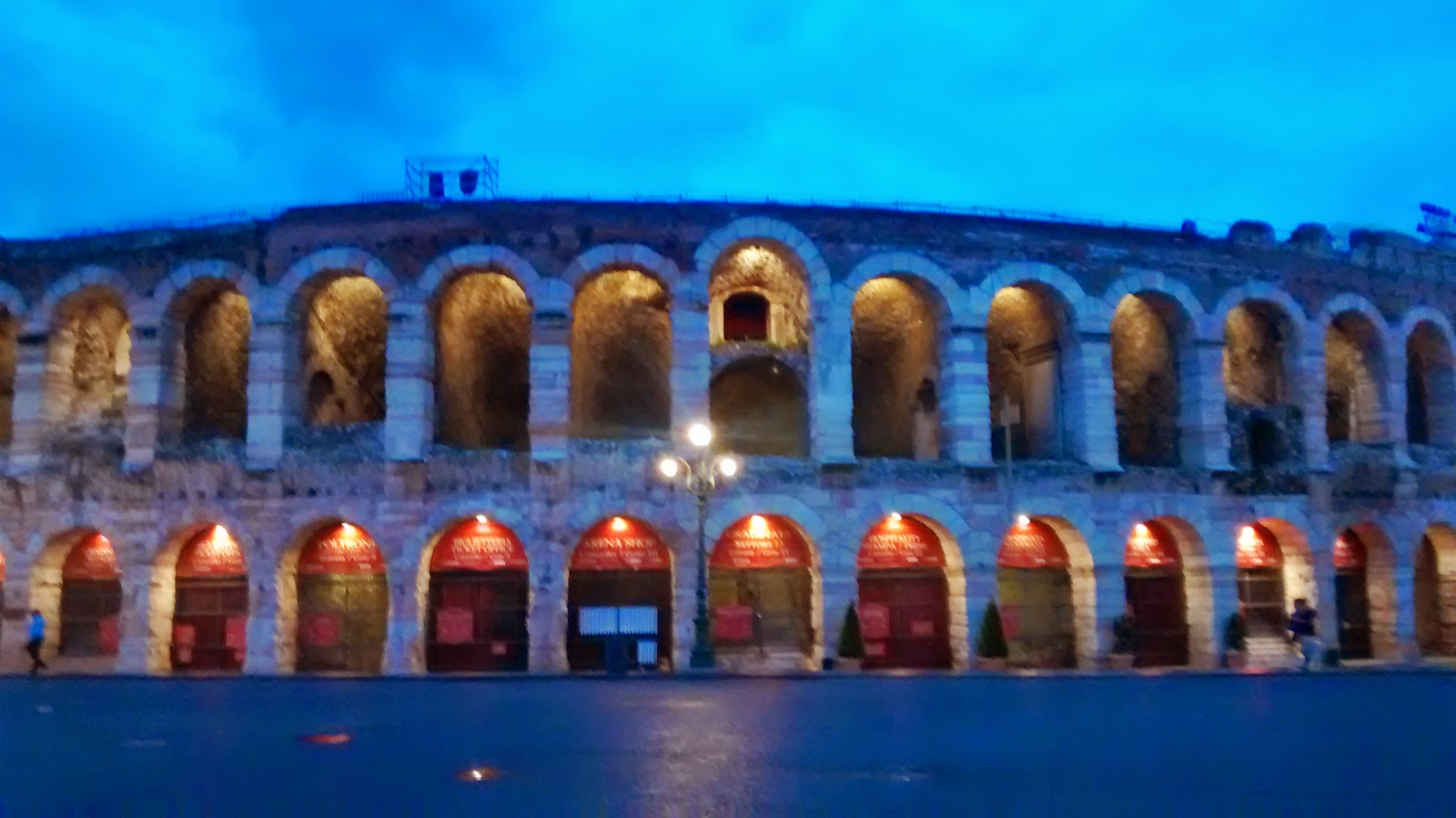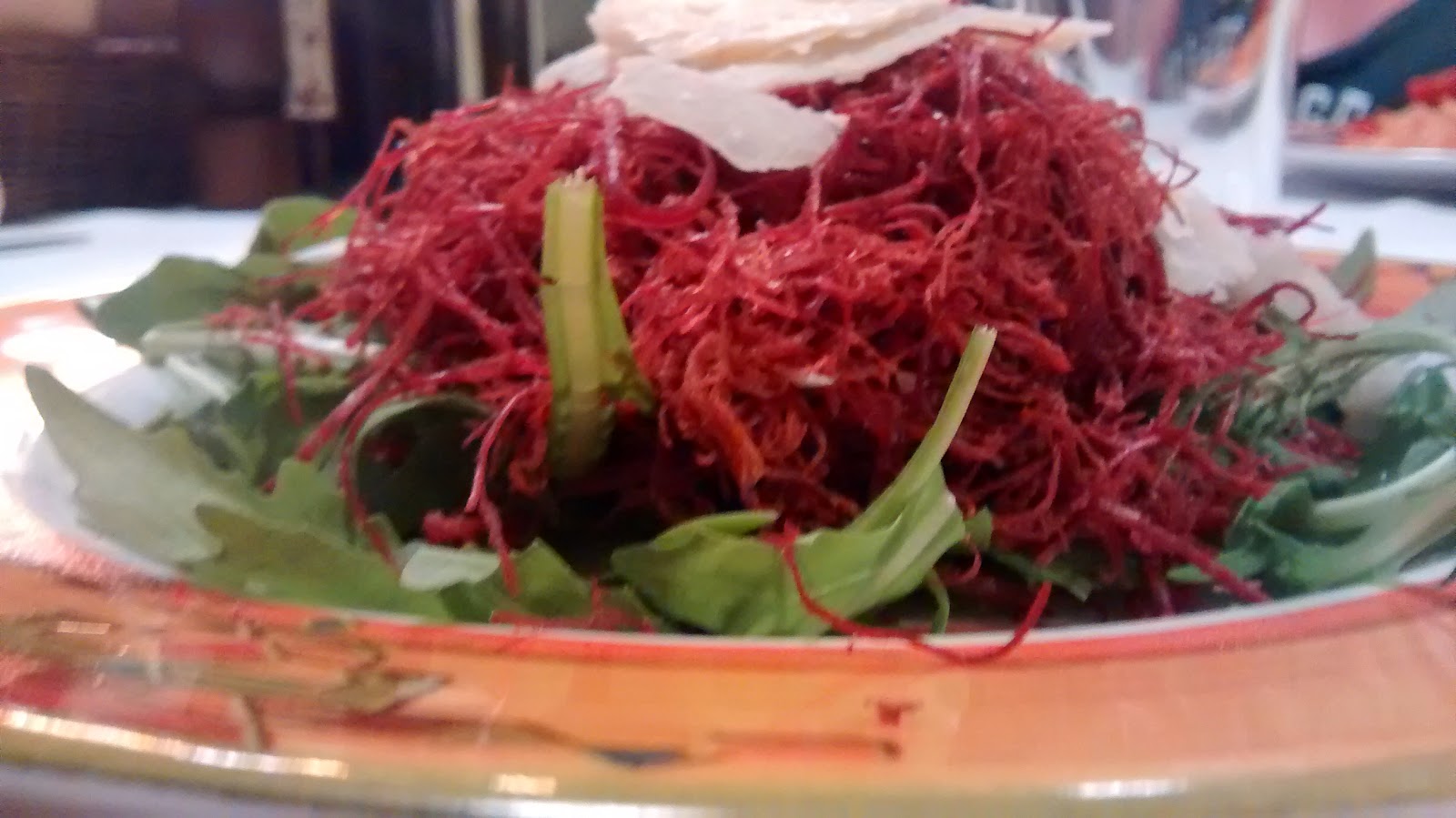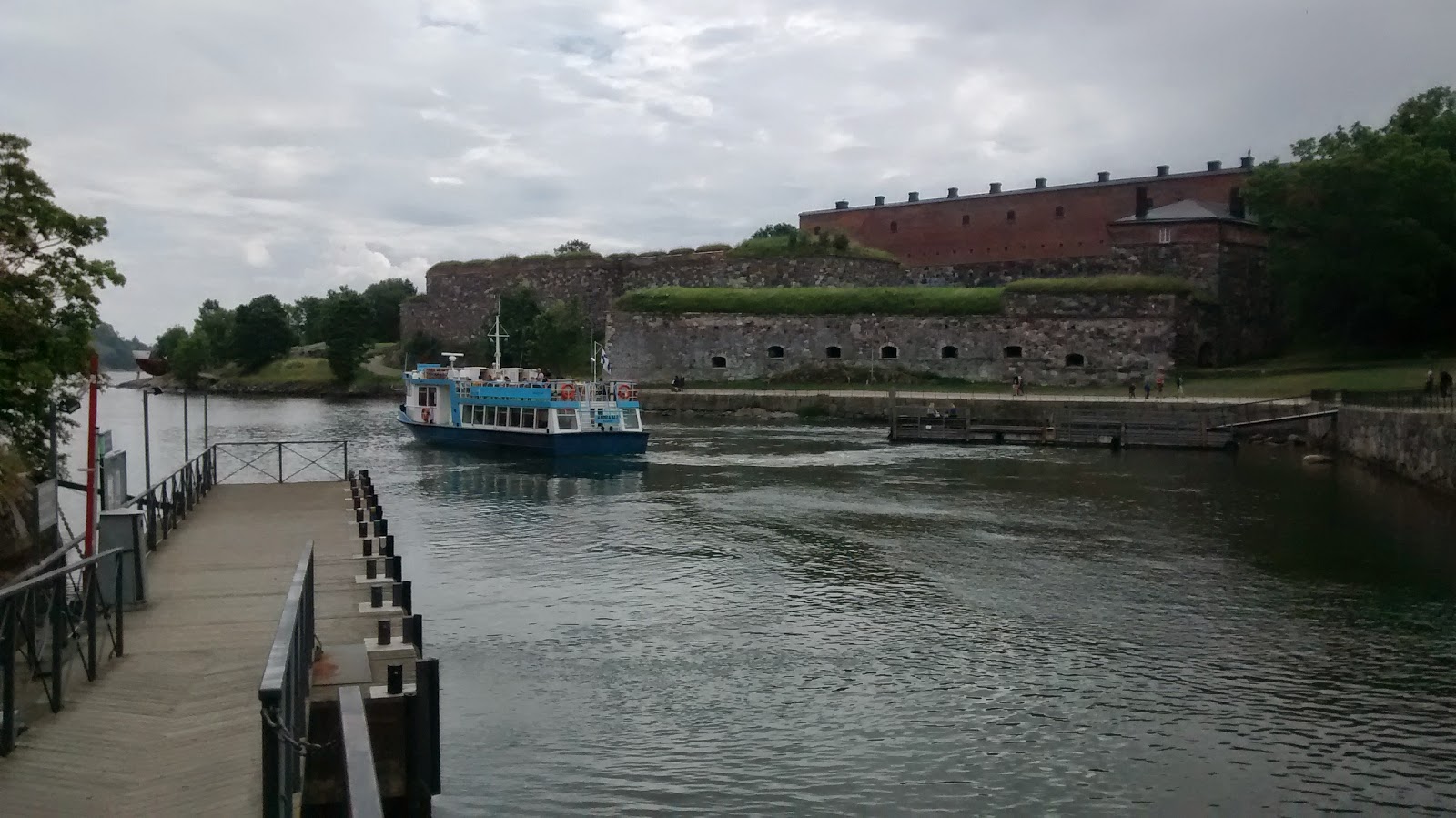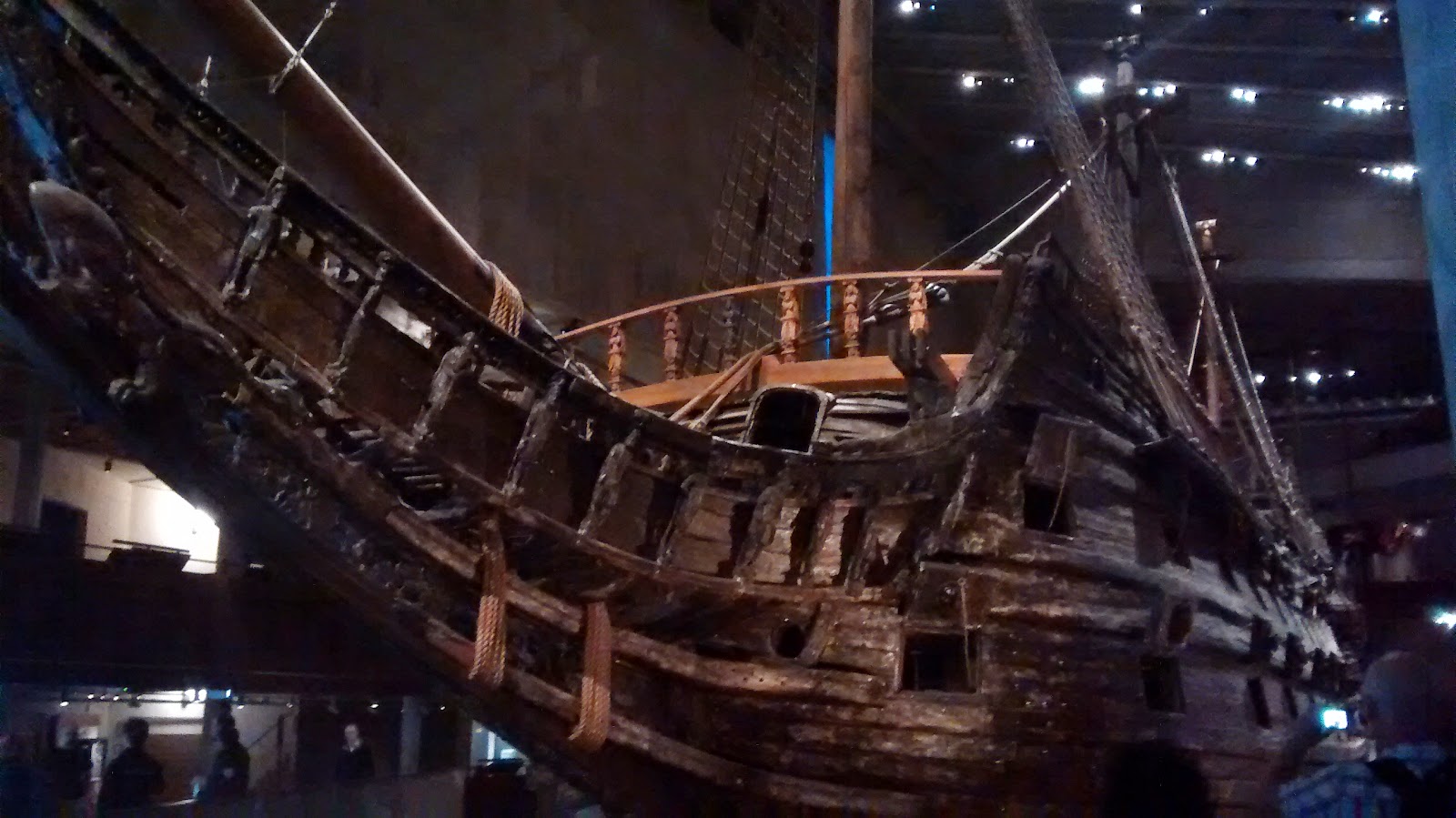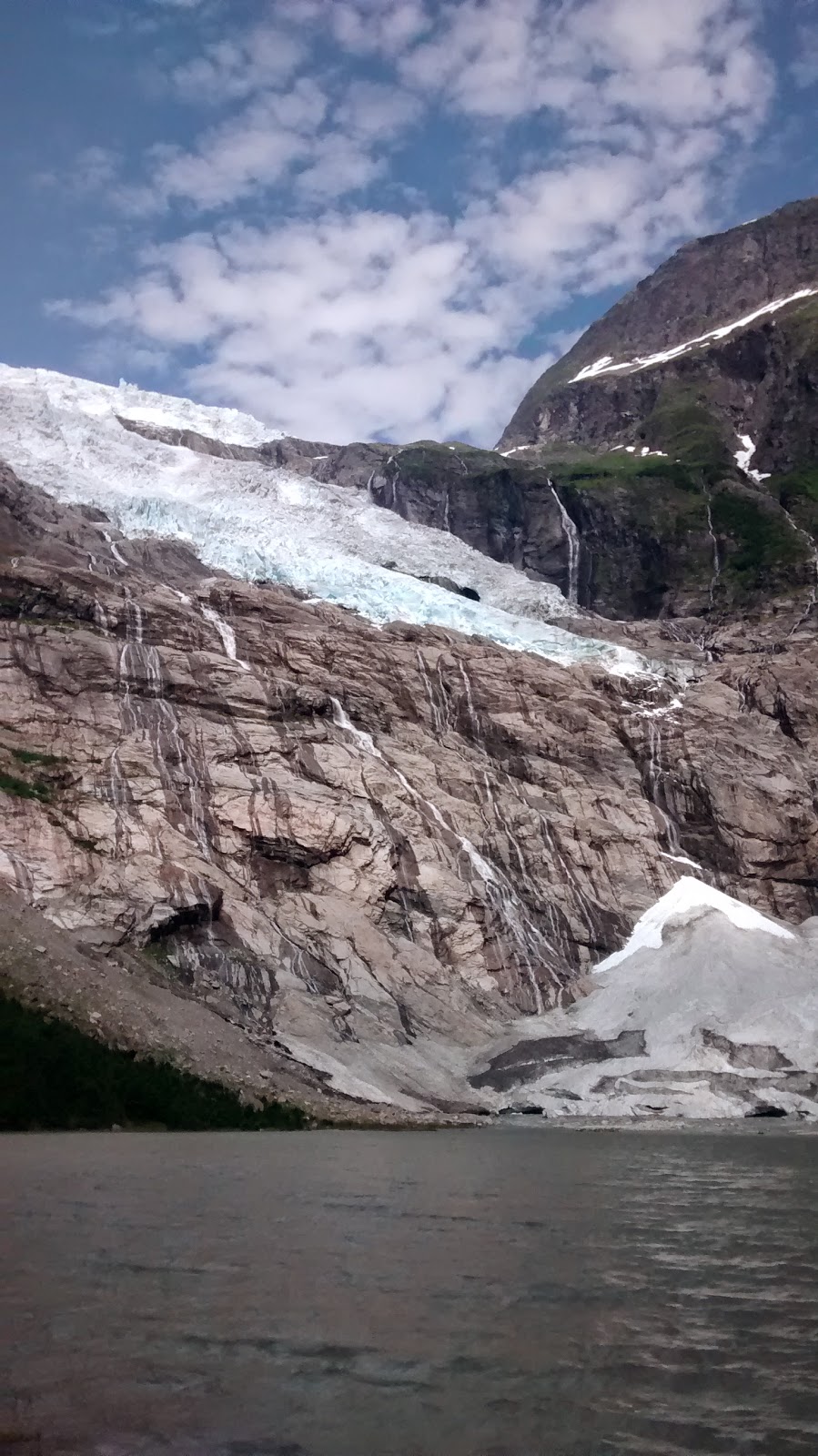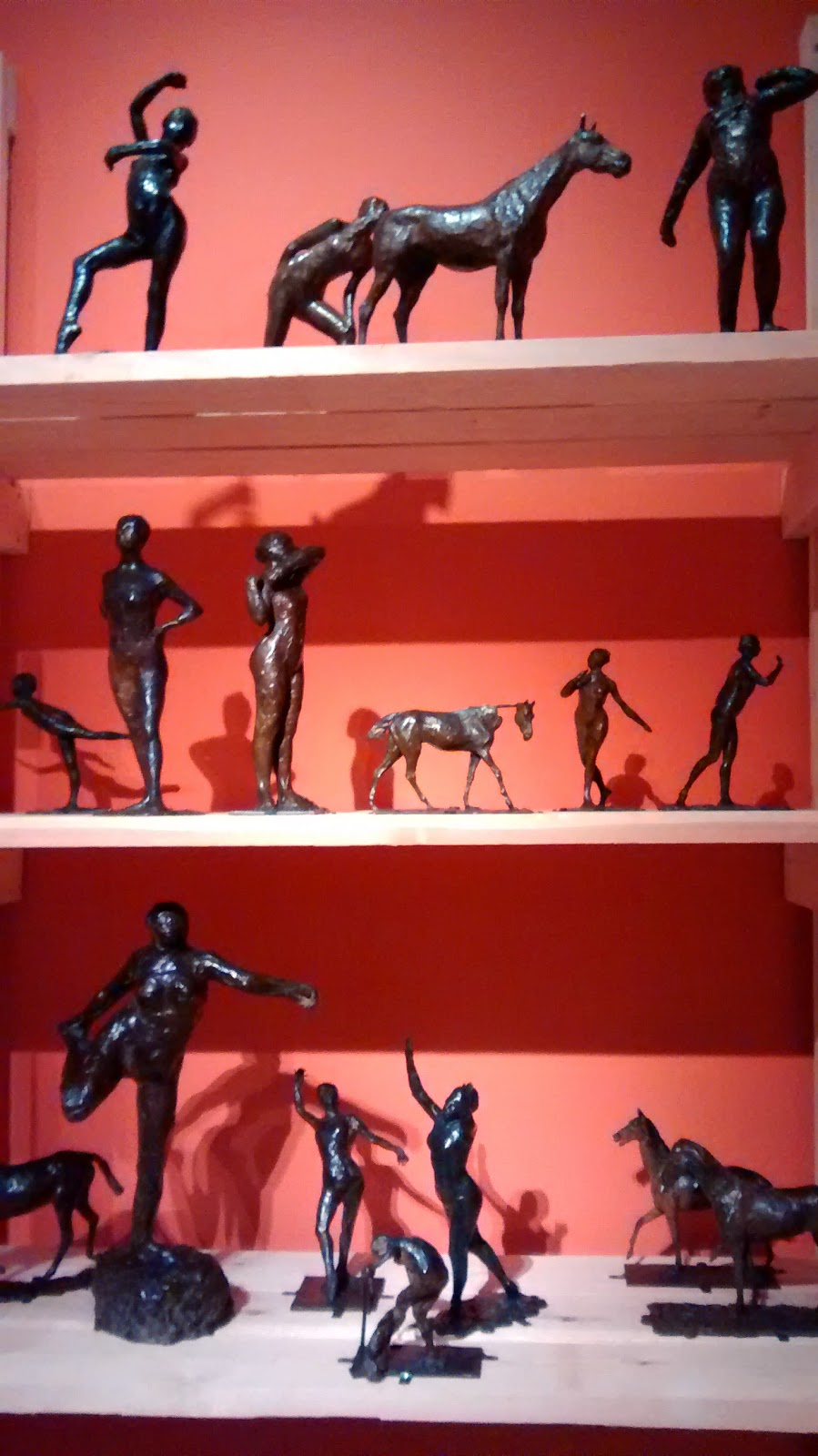 |
| Man-made beaches along the Seine in the summer |
We spent three glorious days in Paris! However, it wasn't enough to enjoy this beautiful, historical city. However, being blessed with blue skies and sunshine everyday made the waits in the long lines not quite so terrible. Of course we had to visit during high season! But, I hope to return again during low season when there are fewer people.
My top five recommendations for Paris:
 |
| Assyrian sculptures at the Louvre |
1.
Visit the Louvre. Originally the fortress wall around the city of Paris in the 12th century, then a royal palace before becoming one of the world's largest museums. The Louvre is one of the must see items in Paris. If you don't plan (like I didn't), be prepared to wait over an hour to enter. Wiser visitors will buy
advance tickets online. I spent 5.5 hours in the museum with a 30 minute break to eat lunch on the terrace cafe. And, I didn't come close to seeing everything. The biggest crowds are in front of the famous pieces, such as the
Mona Lisa by Leonardo da Vinci and the Greek sculpture
Venus de Milo. If you'd like to escape the crowds, there are several less visited but still impressive exhibits. I enjoyed walking through the area about Coptic Egyptians, which included artifacts from an excavation in Egypt. There was also a room of Rembrandts, which is not listed on the Louvre's visitor map. I didn't even make it to the Pharoanic Egyptian exhibit. However, I did get to see an amazing collection of Assyrian artifacts before I left. There were multiples room-high
winged guardians.
 |
| Eiffel Tower from river cruise |
2.
Take a night time Seine river cruise. For only 10 Euro, we boarded a cruise along the Seine just before 10 pm. Based on reviews, we had decided to wait until after dark to enjoy the sights. We were not disappointed. All along the river, the buildings and monuments were lit up. We cruised all the way to the lit Eiffel Tower before returning to dock. The guide gave the tour in both French and English. She provide a bit of history lesson on the different monuments lining the Seine. Well worth it!
http://www.vedettesdupontneuf.com/home/
 |
| Crepe maker |
3.
Eat a crepe. Whether it be Nutella, fruit jam or simply butter and sugar, I enjoyed all sorts of sweet crepes in Paris. We usually purchased them from small stands without no or limited seating. However, you can also order them at sit down restaurants. There are also a variety of savory crepes. These places are open late! We passed by one place at 1 am after salsa dancing. It was the best crepe that I've ever had, simply with butter and sugar.
 |
| Notre Dame |
4.
Walk around and inside Notre Dame. On our ride from the airport to our hotel, we saw Notre Dame towering while we crossed the Seine. We visited it the next museum. However, the line was over an hour long. On the advice of a docent at the Louvre, I passed by Notre Dame again around 6 pm during Mass. The line was shorter and quicker (only about 15 minutes). After walking through this amazing cathedral that took 200 years to build, I exited to saunter around the exterior. This amazing gothic edifice is still impressive today. Flying buttresses reach down like legs, supporting the interior arches. They are adorned by a variety of gargoyles. The rose window between the two front towers set the standard for rose windows. Plus, in the plaza outside of Notre Dame, there are often street artists. I watched a man dressed as a mime roller skate around cones to his stereo and a crowd of onlookers.
 |
| View from Sacre Coeur |
5.
Climb the dome of Sacre Coeur. For beautiful views of Paris, pay the 6 Euros to climb up the dome of Sacre Coeur. We could see the Eiffel Tower and the Arc de Triomphe from the top of this dome. The line was short (apprx 15 minutes); and, there's always time afterward to walk inside the church (20-30 minute wait but free).
 |
| Edgar Degas's tomb |
Those are just the top five. There were so many other things that we did that made Paris a great city: hunting for long forgotten Roman amphitheaters, salsa dancing, watching the end of the Tour de France, eating "dejeuner" (breakfast) at little street cafes, finding famous people in the cemetary, eating escargot, seeing the Moulin Rouge, visiting the Orsay Museum, listening to street performers, watching a bit of Shakespeare and eating gelato. Hopefully, I'll get to go back soon!
Hotel: found Hotel Tiquetonne in a Lonely Planet guidebook. Located in the heart of Paris, it is older but clean. Plus, the prices were very reasonable! Just make sure that you know a bit of French for check-in and check-out. https://www.hoteltiquetonne.fr/en/













